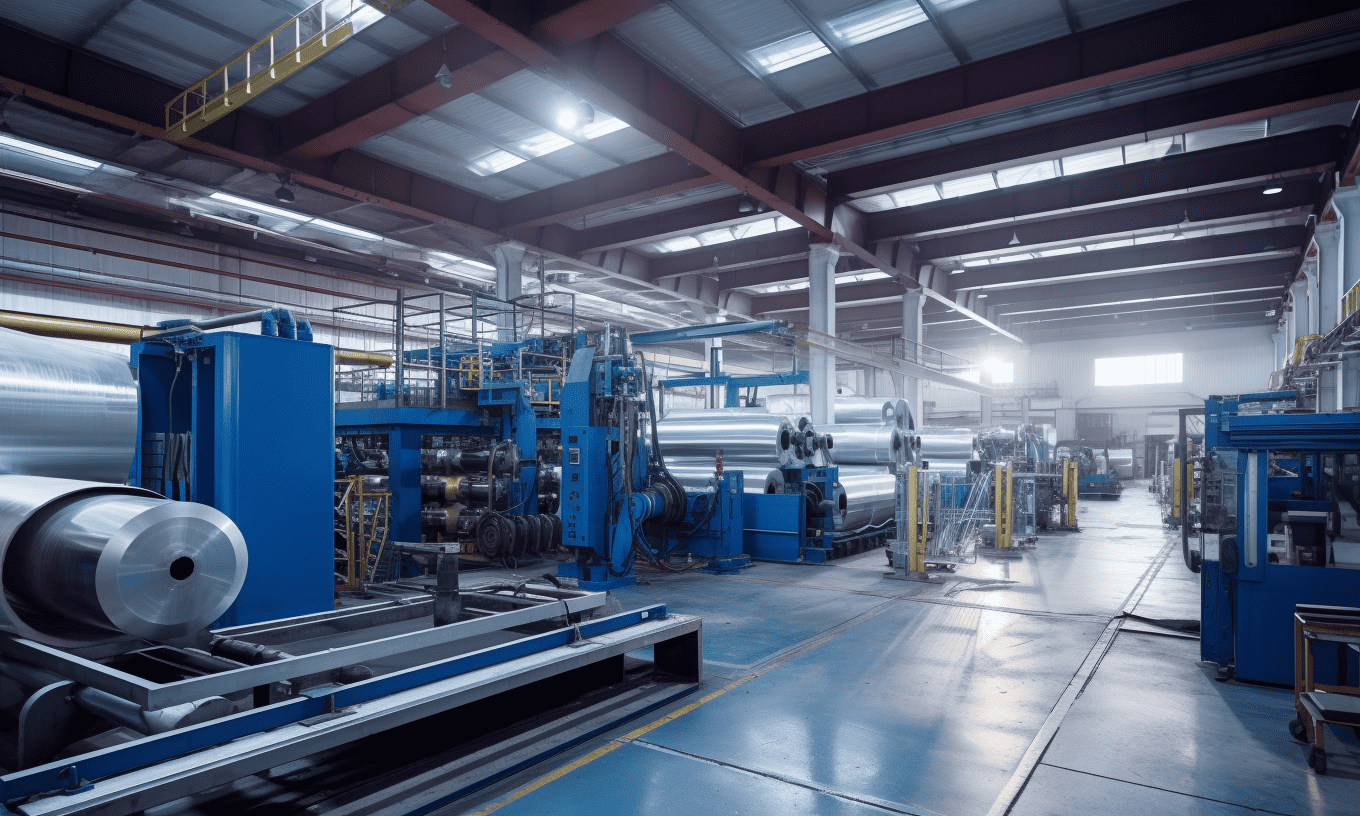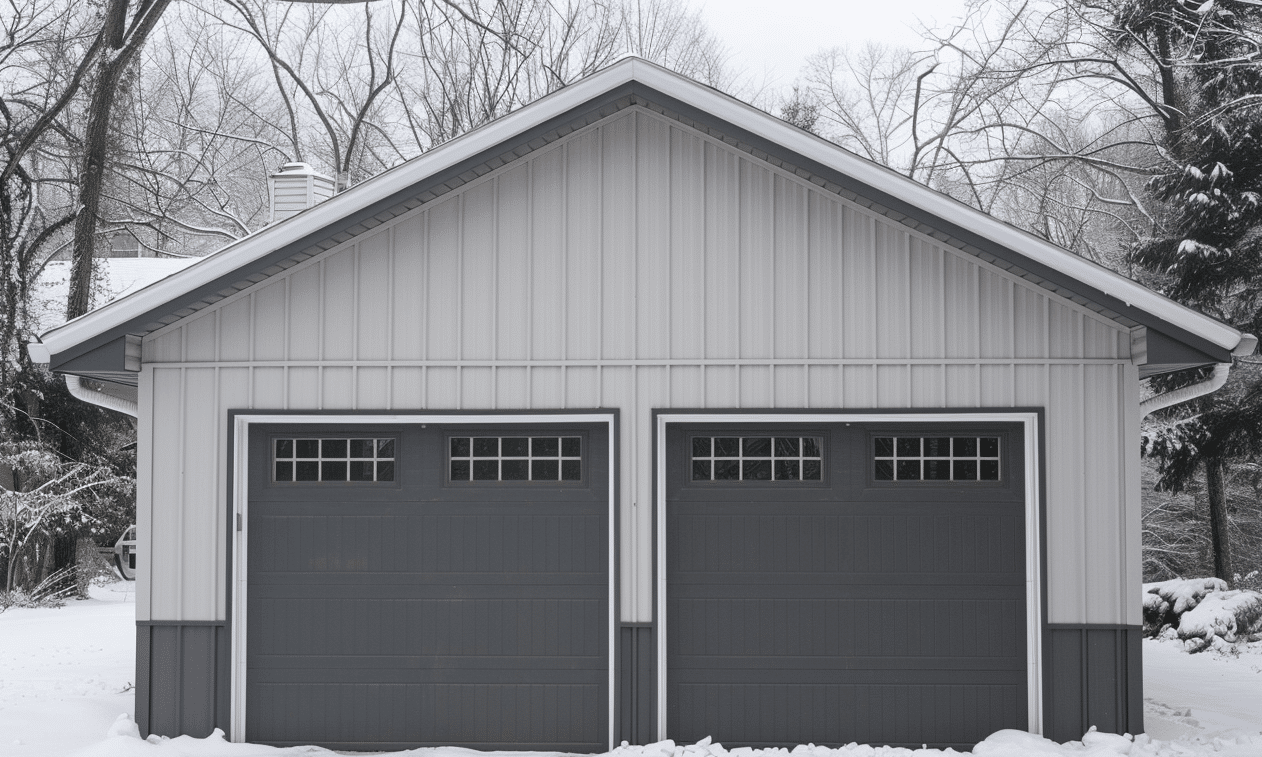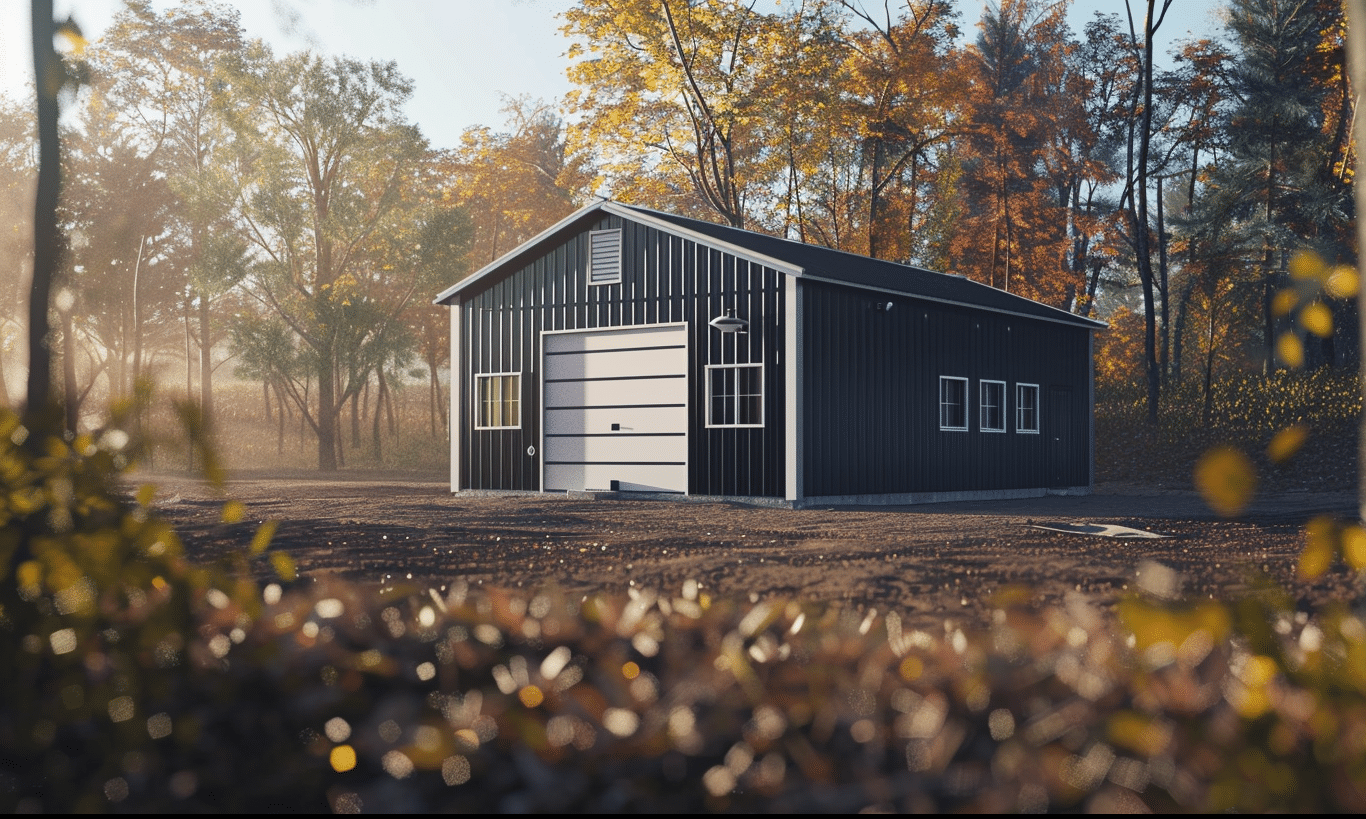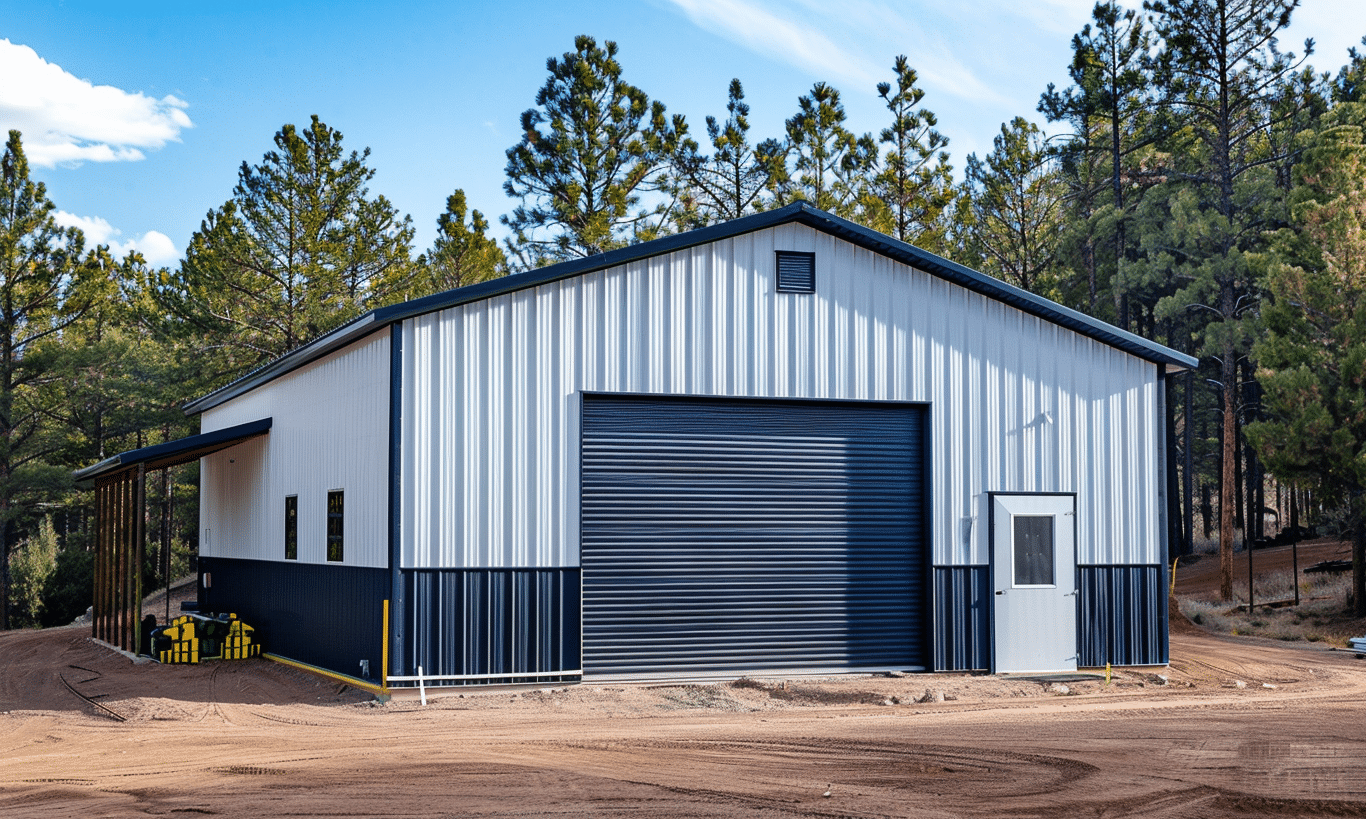In an ever-evolving landscape where consumer preferences, technological advancements, and economic factors continuously shift, the future of retail store construction stands at an intriguing crossroads. This dynamic field is not just about bricks and mortar; it’s about creating immersive experiences and reimagining spaces. A blend of tradition and innovation is setting the stage for how future retail environments will be conceived, designed, and constructed. So, what lies ahead for retail store construction in this next decade?
Understanding the New Paradigm: Consumer-Centric Design
As we peer into the future of retail store construction, one thing becomes abundantly clear: consumers are no longer passive participants. The modern shopper desires more than transactional exchanges; they crave experiences that resonate on an emotional and personal level. This is where the concept of retail space design for customer experience comes into play.
Think about it. How do you feel when you walk into your favorite store? The ambiance, the layout, even the subtle background music contributes to your purchasing decision. Retailers are investing in highly strategic commercial spaces that cater to the sensory and psychological needs of their consumers. Beyond a pleasant environment, there is a focus on flexibility and adaptability to swiftly respond to new trends and customer demands.
To achieve this, Commercial Builders are increasingly seeking innovative solutions and materials that not only maximize the aesthetic appeal but also enhance sustainability and efficiency.
The Role of Technology and Sustainability in Retail Construction
Retail architecture is undergoing a technological renaissance. As we consider the future of retail store construction, tech integration is no longer optional; it is imperative. Smart buildings equipped with IoT devices provide an ecosystem that enhances not just operational efficiency but also informs retail managers about consumer behavior. Imagine a future where in-built sensors adjust the lighting and temperature based on foot traffic or provide real-time inventory updates.
Simultaneously, sustainability remains a focal point in construction. As we witness the paradigm shift in how we perceive environmental responsibility, the implementation of eco-friendly practices by metal buildings and other sustainable materials offer a dual advantage; they are cost-effective and environmentally responsible.

Sustainability extends beyond resource management; it’s about lifecycle thinking—designing spaces that can transform as retail needs evolve, reducing waste, and creating lasting value.
The Shift Towards Smaller, Flexible Spaces
The expansive flagship stores of the past are gradually giving way to smaller, nimble spaces designed for multifunctionality. This shift is in part due to the merging of online and offline experiences. The future of retail store construction increasingly embraces omnichannel strategies where physical spaces act as experiential hubs, showrooms, or even click-and-collect points, optimized for a seamless shopping journey.
A significant aspect of this transformation is the modular design. These solutions afford retailers incredible flexibility to scale up or down, reflecting consumer behavior patterns and technological advancements.
The Impact of Economic Trends and Consumer Behavior
Economic factors significantly influence the direction of retail store construction. With concepts like pop-up stores and showrooming gaining traction, the traditional parameters of a retail store are evolving to meet changing economic climates. Retailers are becoming more strategic in their investments, focusing on locations with high foot traffic that maximize exposure to their target demographics.
Consumer behavior insights are guiding these decisions—beyond product preferences, understanding motives and the trigger points for purchases can dictate how spaces are conceptualized and built. Platforms like Retail Dive offer insights into these evolving trends, emphasizing the importance of innovation in this dynamic industry.

The Future of Commercial Construction: A Look Ahead
Looking ahead, the future of commercial construction is poised for significant advancements. Innovations such as 3D printing and augmented reality in design and planning phases offer limitless possibilities. These technologies promise a reduction in costs and timeframes, accelerating the building process while ensuring precision.
Furthermore, advances in materials science bring to the fore steel and composite materials that are not only stronger and lighter but also more eco-friendly. These materials open up new architectural possibilities that were previously unimaginable.
Conclusion: The Horizon of Retail Construction
The future of retail store construction is a tapestry of interconnected trends, driven by technology, sustainability, and consumer behavior. As we navigate this landscape, it’s evident that traditional concepts are being challenged by the need for adaptable, experiential, and technologically advanced spaces.
From the role of commercial builders and the innovations in metal buildings to the increasing relevance of sustainability in design, the message is clear: the retail spaces of tomorrow will be built not just to house products, but to tell stories and craft experiences.
Ultimately, as retailers, builders, and designers harness these trends, they are not just building structures; they are constructing a new narrative for the shopping experience—transformative, integrated, and inherently forward-looking. The horizon is bright for this industry, inviting creativity, strategic thinking, and, more than ever, an open mind to embrace what comes next.











